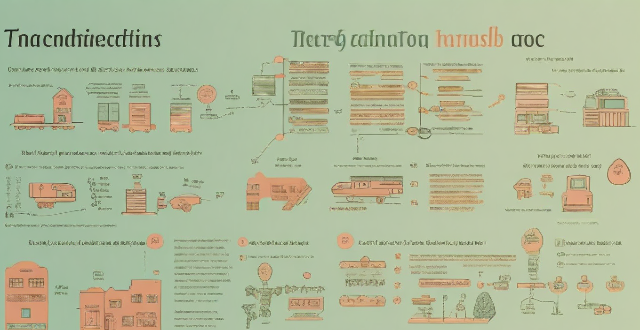Innovative teaching methodologies emphasize project-based learning (PBL) and problem-solving activities to engage students, foster critical thinking, and develop practical skills. PBL involves students in complex, meaningful projects that connect classroom learning with real-world scenarios, promoting deeper understanding, skill development, and motivation. Problem-solving activities challenge students to identify issues and find effective solutions, enhancing their critical thinking, decision-making, and resilience. Integrating PBL and problem-solving into innovative teaching involves identifying key concepts, designing relevant projects, incorporating problem-solving elements, providing resources, facilitating collaboration, scaffolding instruction, reflecting and evaluating, and assessing holistic performance. This approach creates a dynamic learning environment that prepares students for future challenges and fosters a love of lifelong learning.

Project-Based Learning and Problem-Solving Activities in Innovative Teaching Methodologies
Innovative teaching methodologies aim to engage students, foster critical thinking, and develop practical skills. Two key strategies that align with these goals are project-based learning (PBL) and problem-solving activities. Here's how they fit into innovative teaching methods:
Project-Based Learning (PBL)
Definition
Project-based learning is an educational approach that involves students in complex, meaningful projects. These projects often span several weeks and require students to work through a process of planning, research, execution, and reflection.
Characteristics of PBL
- Real-world Applications: PBL connects classroom learning with real-world scenarios, making learning more relevant and engaging.
- Student-Centered: Students take ownership of their learning, guiding the direction and pace of the project.
- Collaborative Effort: PBL often involves group work, promoting teamwork and communication skills.
- Inquiry-Driven: Students explore open-ended questions, developing research and critical thinking abilities.
Benefits of PBL
- Deeper Understanding: Through hands-on experiences, students gain a deeper understanding of concepts.
- Skill Development: PBL helps in developing a range of skills including problem-solving, time management, and self-directed learning.
- Motivation: Engaging projects increase student motivation and interest in the subject matter.
Problem-Solving Activities
Definition
Problem-solving activities challenge students to identify issues and find effective solutions. They can be standalone exercises or integrated into projects.
Characteristics of Problem-Solving Activities
- Challenge-Oriented: These activities present students with challenges that require them to apply what they have learned.
- Process-Focused: The emphasis is on the process of finding solutions rather than just the correct answer.
- Adaptive Thinking: Students learn to adapt their strategies as new information becomes available.
- Feedback Mechanism: Teachers provide feedback throughout the process, guiding students towards effective problem-solving techniques.
Benefits of Problem-Solving Activities
- Critical Thinking: Students develop critical thinking skills by analyzing problems and evaluating potential solutions.
- Decision Making: These activities enhance decision-making abilities, preparing students for real-world situations.
- Resilience: By facing challenges, students build resilience and confidence in their ability to overcome obstacles.
Integrating PBL and Problem-Solving into Innovative Teaching
To integrate PBL and problem-solving activities into innovative teaching methodologies, educators can follow these steps:
1. Identify Key Concepts: Determine the core concepts and skills you want students to learn.
2. Design Relevant Projects: Create projects that not only cover these concepts but also have real-world applications.
3. Incorporate Problem Solving: Embed problem-solving elements within these projects to encourage critical thinking and adaptive reasoning.
4. Provide Resources: Offer resources like primary sources, expert advice, and technology tools to support student inquiry.
5. Facilitate Collaboration: Encourage collaboration among students to share ideas and support each other's learning.
6. Scaffold Instruction: Guide students through the process, providing just enough support for them to succeed without giving away answers.
7. Reflect and Evaluate: After completing projects, facilitate reflection sessions where students evaluate their processes and outcomes.
8. Assess Holistic Performance: Assess students based on their process, collaboration, problem-solving abilities, and final outcomes rather than just traditional tests.
By incorporating PBL and problem-solving activities, educators can create a dynamic learning environment that prepares students for future challenges and fosters a love of lifelong learning.